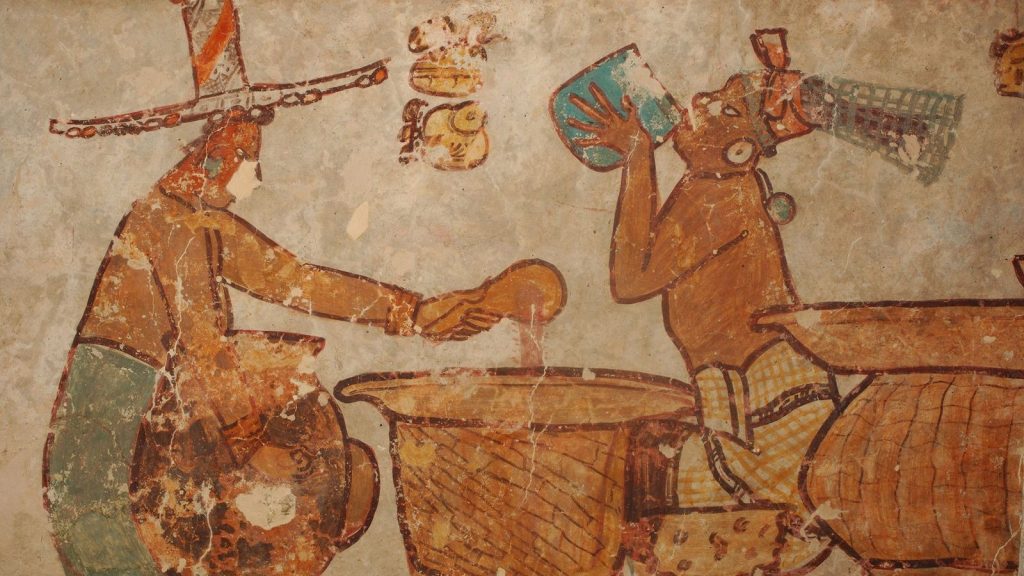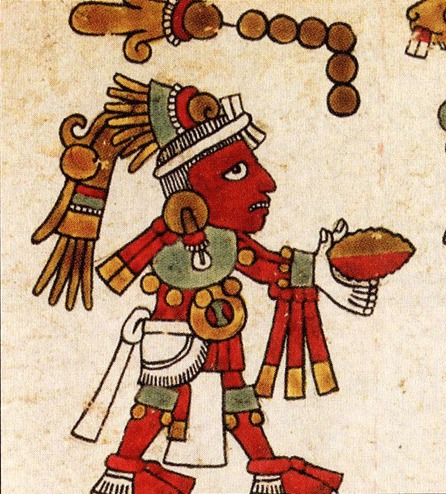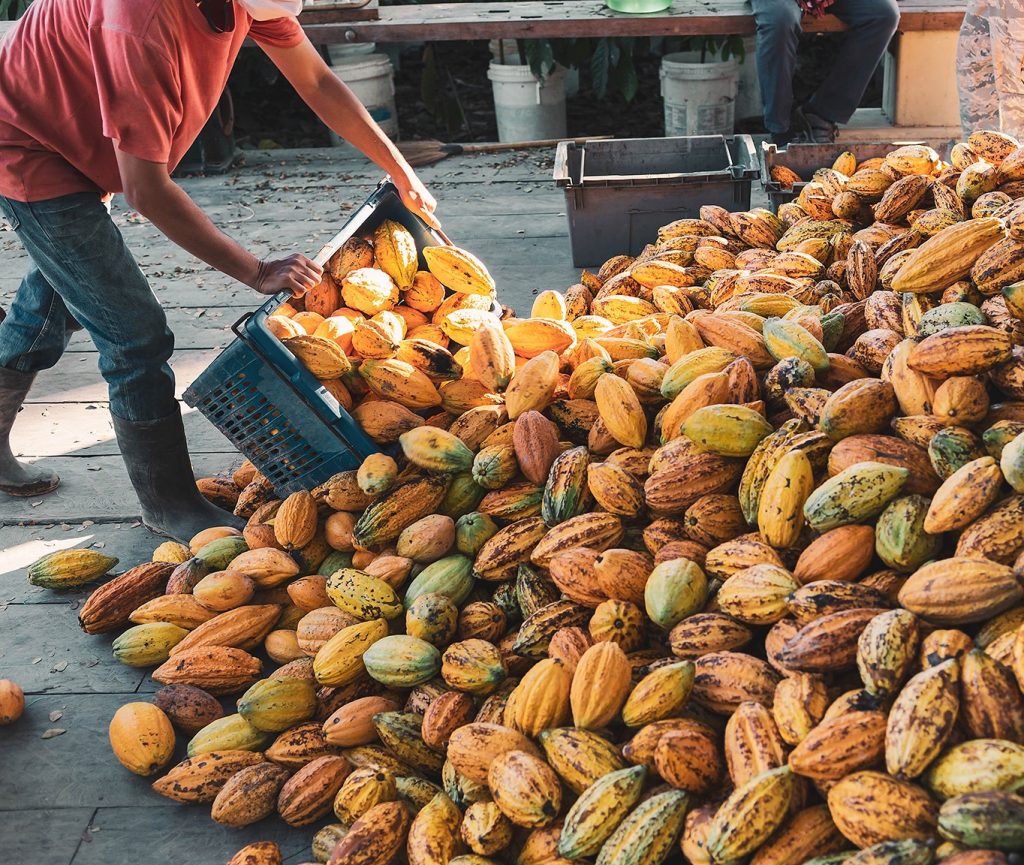
HISTORY
Initially the Mayans and the Aztecs were the first to cultivate cocoa for consumption. They commonly prepared a drink called “chocolatl”, which consisted of a mixture of roasted and ground cocoa beans, water, corn and certain spices. The Aztecs considered this drink to have aphrodisiac properties, and it was consumed mainly in important ceremonies, such as weddings. The Aztecs believed that the cocoa tree had a divine origin.

Cocoa was one of the first crops introduced by the Spanish on the island, in the initial times of colonization; and some claim that it grew wild in our fertile lands and, although its economic importance as a commercial crop, compared to sugar cane or tobacco, was minor, cocoa occupied a main place in the traditional diet in Cuba until the 19th century during which chocolate shared the preference with coffee, until it was displaced by it and its importance in history and national culture is undeniable.
It can be said that its introduction occurred during the first half of the 16th century, when the incipient colony experienced a brief period of flourishing that, in addition to the search for gold and intensive livestock exploitation, included the development of a diversified subsistence agriculture.
Some hypotheses suggest that cocoa was introduced by the Spanish in 1540 from Mexico, and planted for the first time on the “Mi Cuba” farm in Cabaiguan, in the center of the country (a version repeated by other cocoa specialists from the Ministry of Agriculture). ; while others point to his
introduction by the French in the “Ti Arriba” area in the East: It has been impossible to find documentary evidence for the first and references in literature abound for the second.
After 1959, with the triumph of the Cuban Revolution, a notable boost was given to the demands for agricultural diversification that had been raised in previous centuries; and cocoa was included in the new development plans. Institutions of the revolutionary government took on the task of stimulating the rescue of cocoa plantations in the eastern region, with the delivery of plants, fertilizers, products for the treatment of diseases, etc.

Furthermore, taking into account that until that date the “ignorance of the most basic plant care practices” and fruit processing had influenced low yields, the improvement of the workers who would face the new challenges was proposed.
Just as various technical works were published in order to cover the need to prepare personnel capable of carrying out the technical and social transformation of the field; among which are some aimed at preparing intermediate technicians and qualified workers in the cultivation of cocoa.
Also since then, experimentation has been formed, both in obtaining clonal varieties more resistant to diseases of greater economic importance that reduce crop losses and of higher quality, and in the sphere of the use of other cocoa derivatives.
